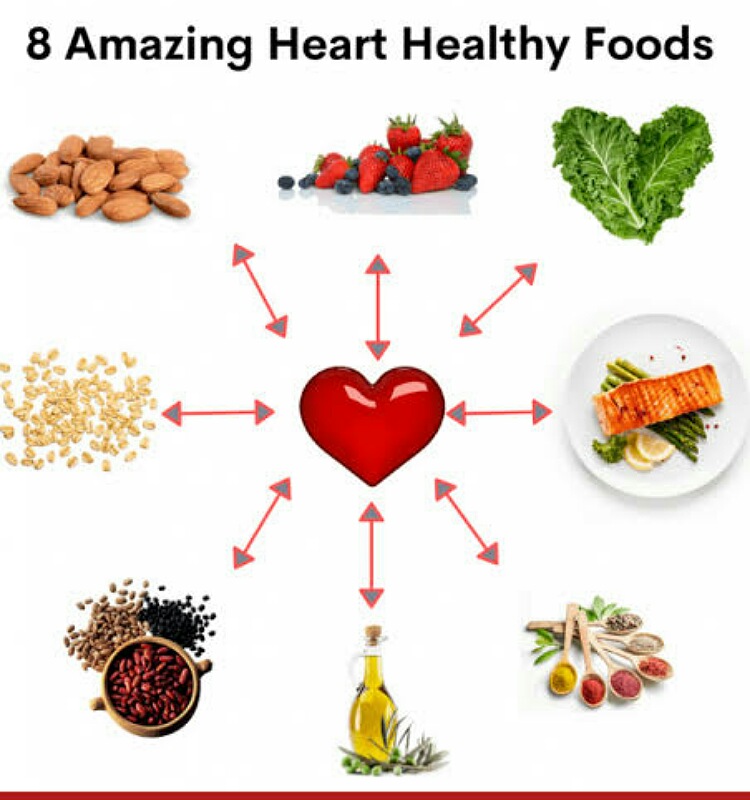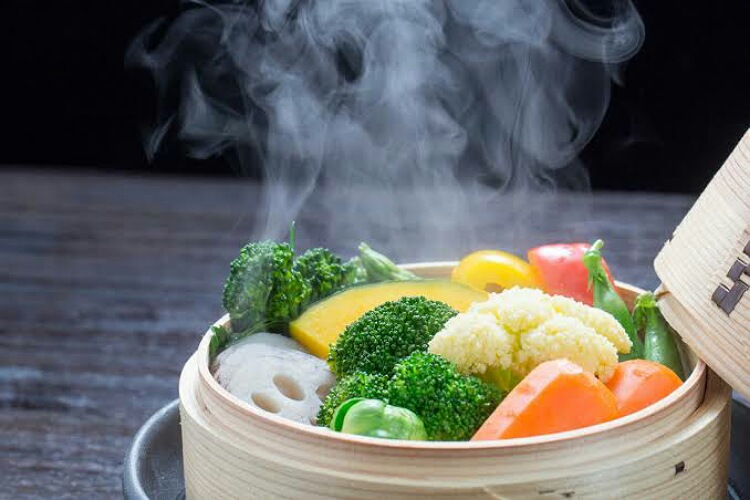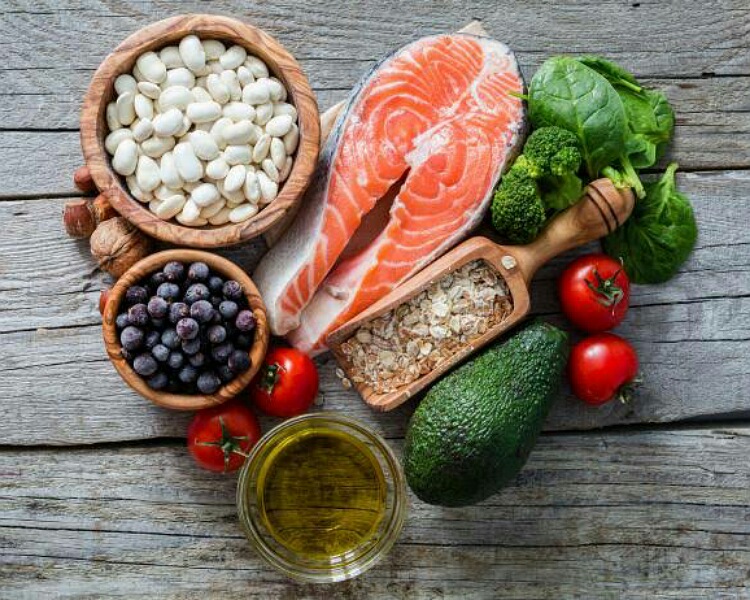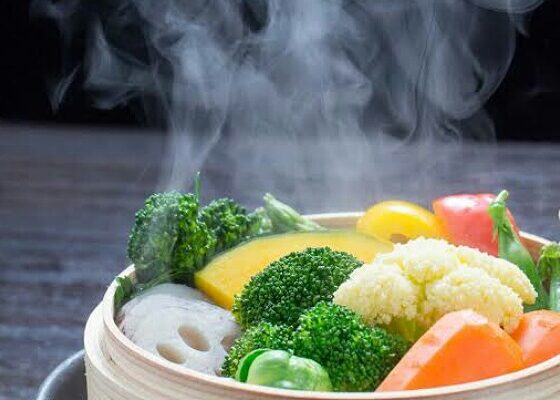A heart-healthy diet is warranted but it need not be boiled and bland. In fact, it implies color, flavor, and is interesting. It has a variety of fruits, vegetables, whole grains, legumes, low fat dairy, nuts, seeds, herbs, spices, with small portions of poultry or fish.
The heart-friendly diet
Doctors and health professionals advise a heart-friendly diet for long and quality life. But people look at it as a boring and tasteless diet that consists of boiled foods that are insipid. But this is not necessarily the case.
In fact, the diet for the heart is full of colorful foods such as fruits and vegetables. It consists of whole grains, nuts, legumes, beans, seeds, low fat milk, and foods with healthy fats such as poultry and fatty fish.

People worldwide consume less fruits and vegetables. One should have at least five servings of these foods daily for adequate health. Moreover, foods eaten should be nutrient dense and minimally processed. These food dishes should be low in salt and sugar and refined carbs. They should be low in saturated fats.
Cooking methods and foods
Method of cooking also is vital when it comes to heart health. The cooking method can alter the taste, color, texture, digestibility, its absorption, and nutritive value. Dietitian Neelanjana Singh who is a wellness coach opines:
“Preferred cooking methods such as stewing (cooking in a covered pan using a small quantity of liquid that is simmering) and steaming (surrounding the food with steam produced by boiling water) score well. Among the methods of frying – stir-frying or sauteing (tossing food in a small amount of fat in a frying pan) is acceptable and healthy,”
“Even though each of the cooking methods has its set of advantages and limitations, it’s useful to remember these overarching guidelines for ideal heart health,”
Cooking time

Overcooking destroys the nutrients and changes the color and texture of foods. Cook for a limited time. Therefore, use pressure cooker or microwave for quicker cooking.
High temperatures
Avoid cooking at high temperatures. Because this too destroys the nutrients of the food. Especially avoid it during dry heating cooking such as grilling, baking, frying or broiling. Cooking at temperatures beyond 180 degrees Celsius can lead to formation of the harmful acrylamide that increases risk of cancers, heart disease and diabetes.
Water use in cooking
Use less water while cooking. This reduces the leaching out of the water soluble vitamins into it. Use the leftover water as stock. Do not use baking soda while cooking vegetables. It retains the color but it also lessens the vitamin C content of these veggies.
Also, read here: Grilling foods: Pros and cons of this cooking technology!

Multi -source cooking oil
Cooking oils are of different types. It is best to use multi -source cooking oil. The advantages are of low-absorbance technology and also getting better heat stability. Thus, one can cook or fry at high temperatures with no fear.
